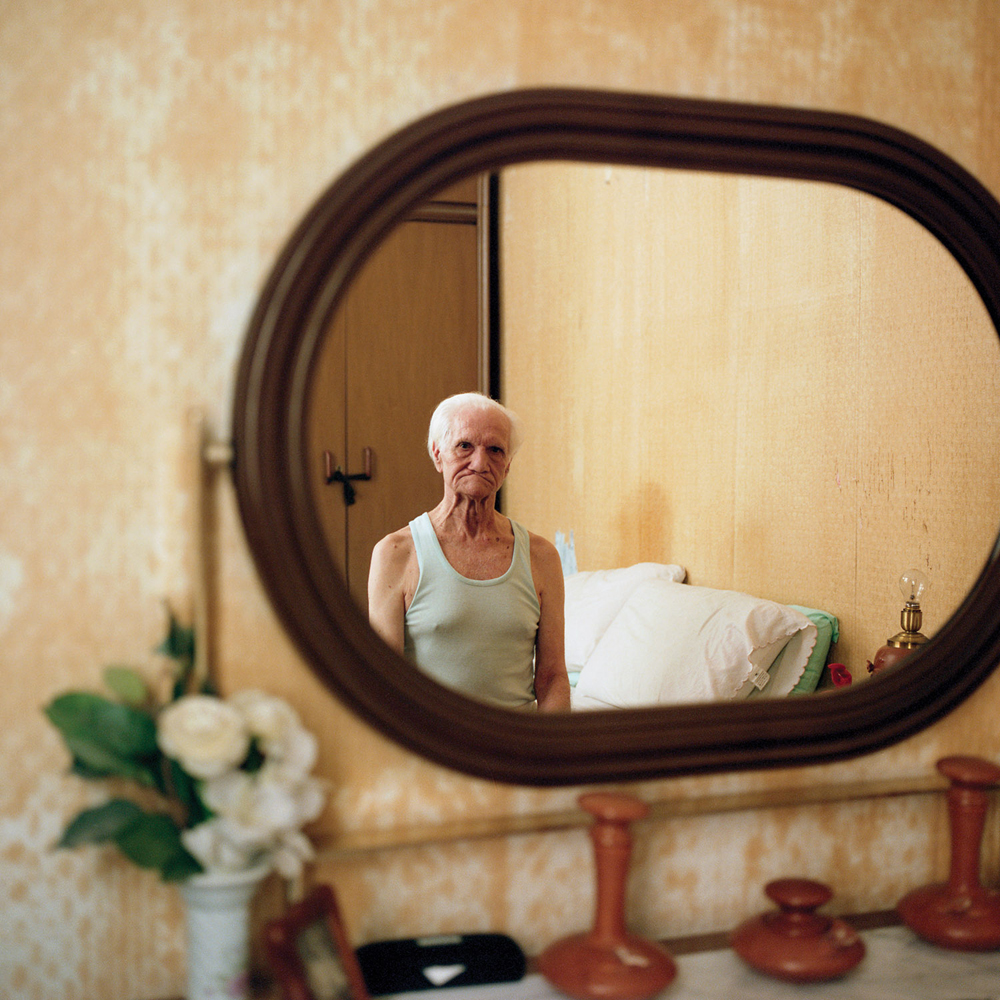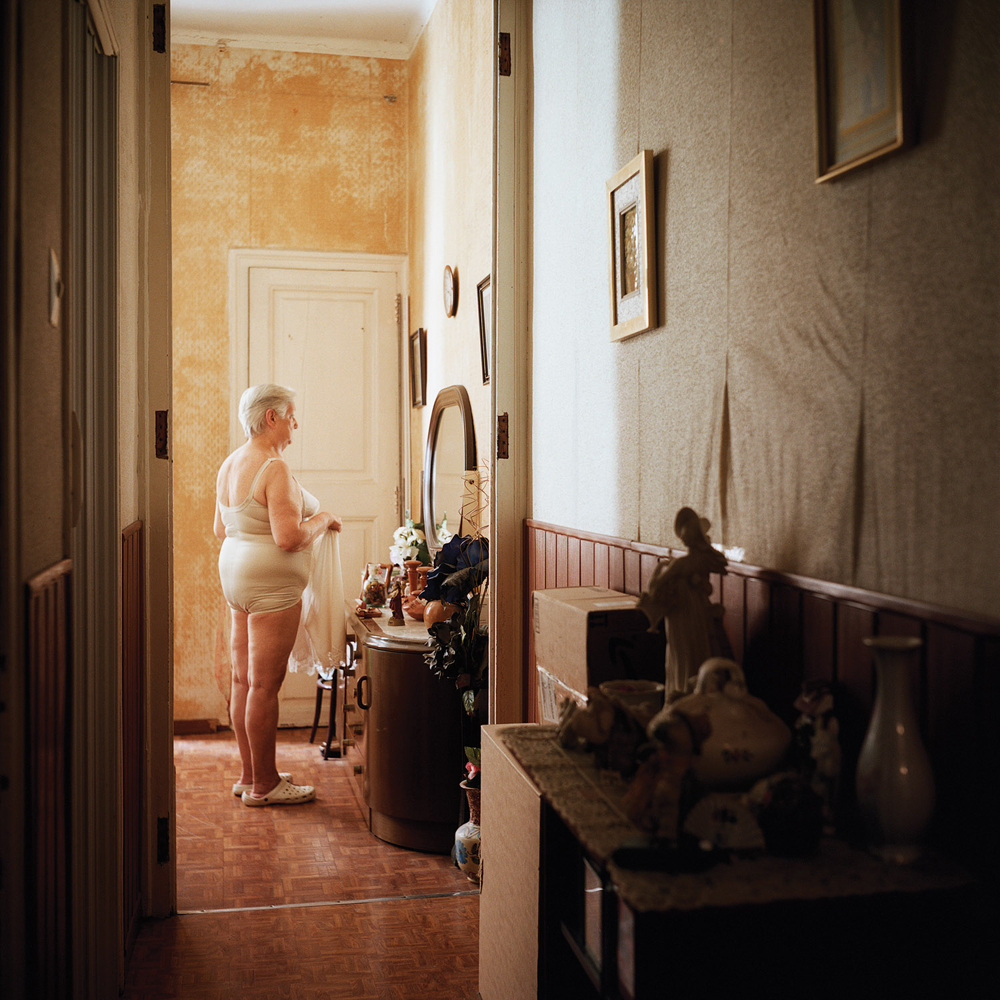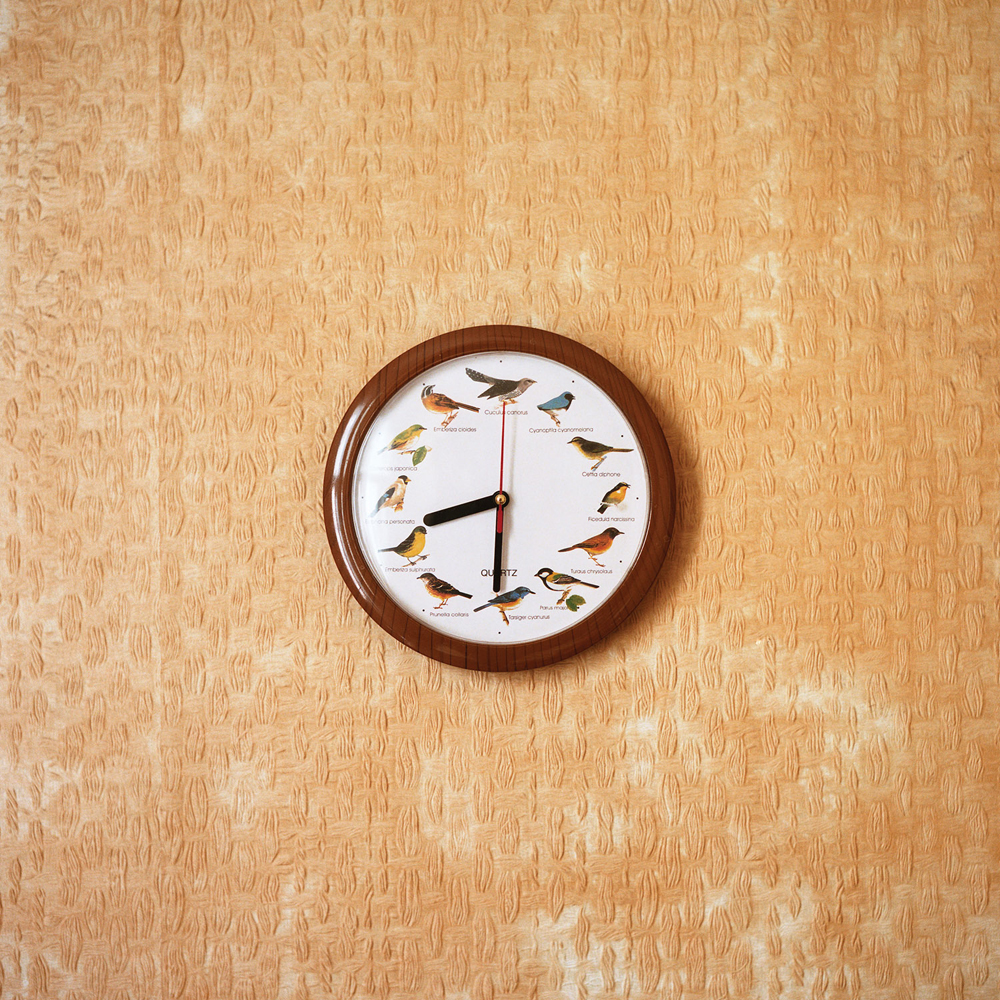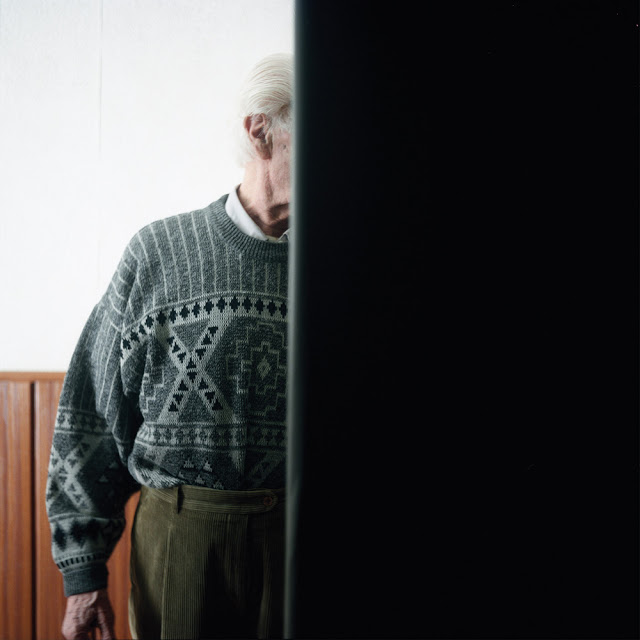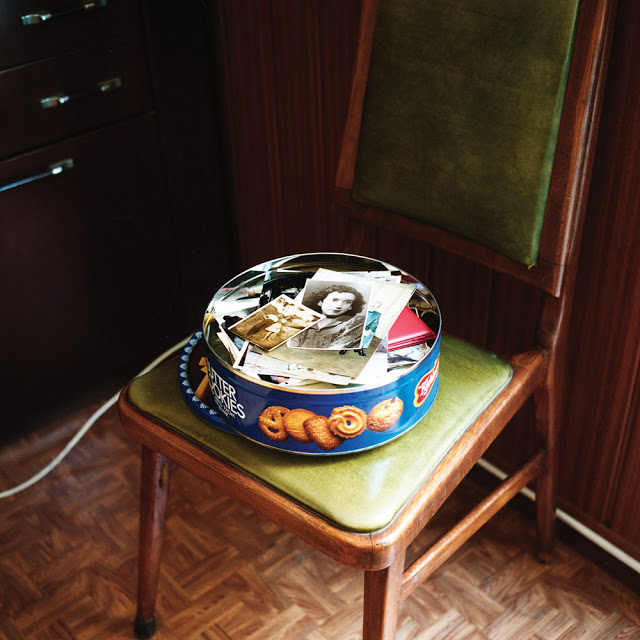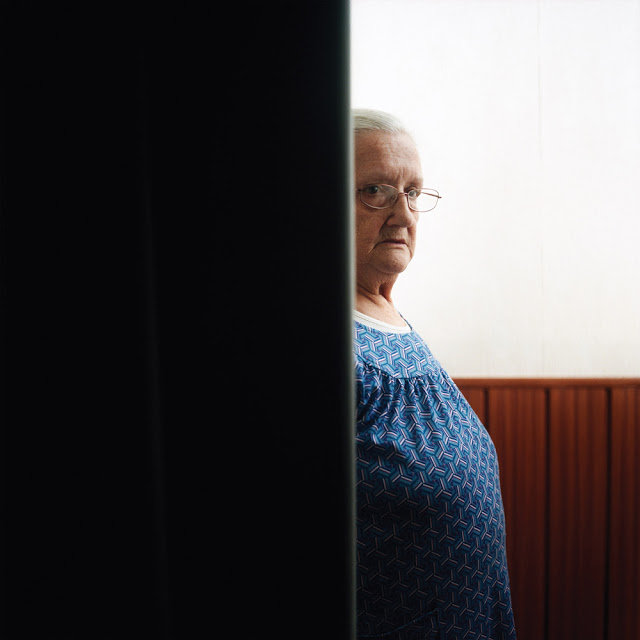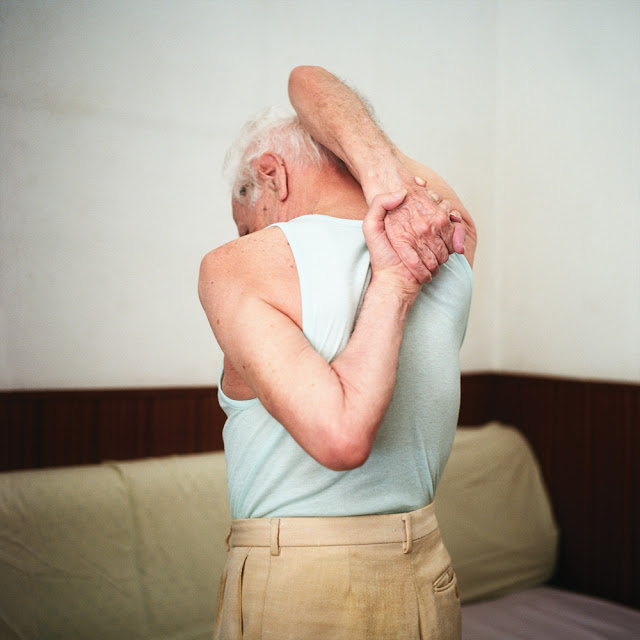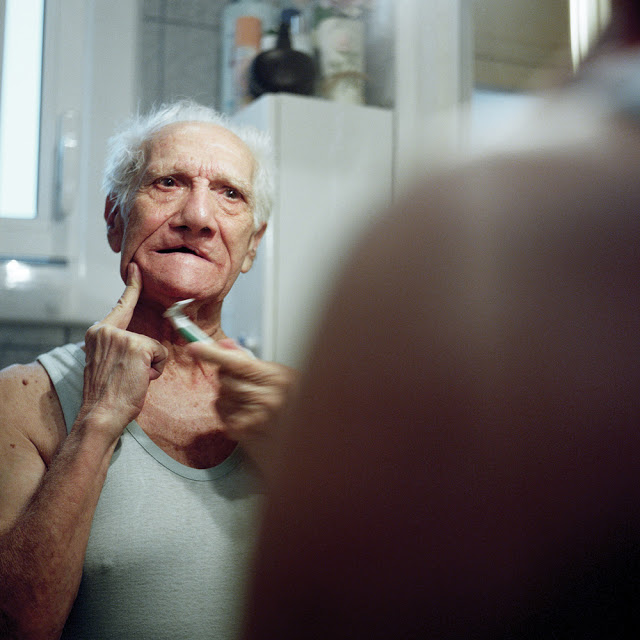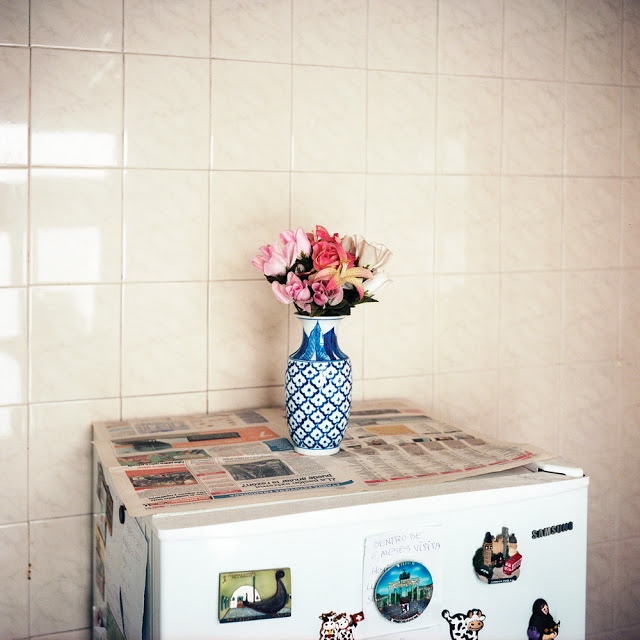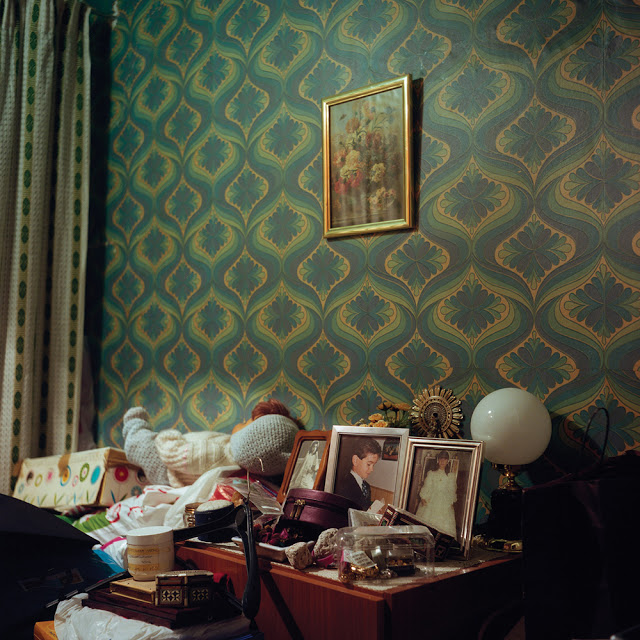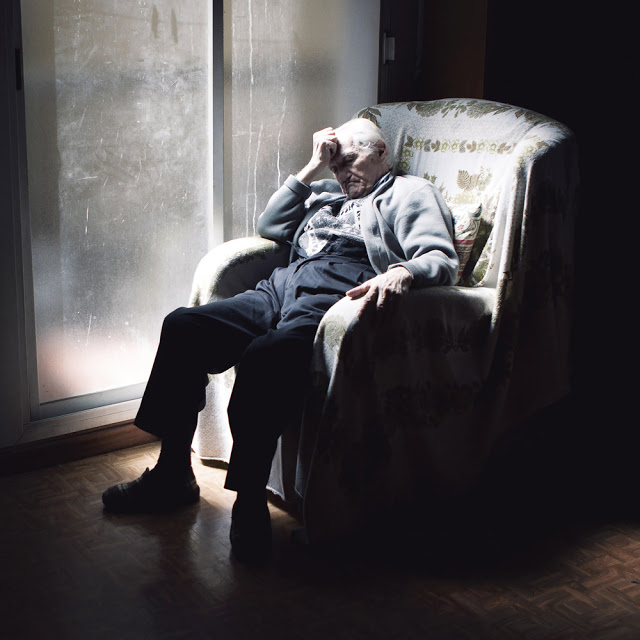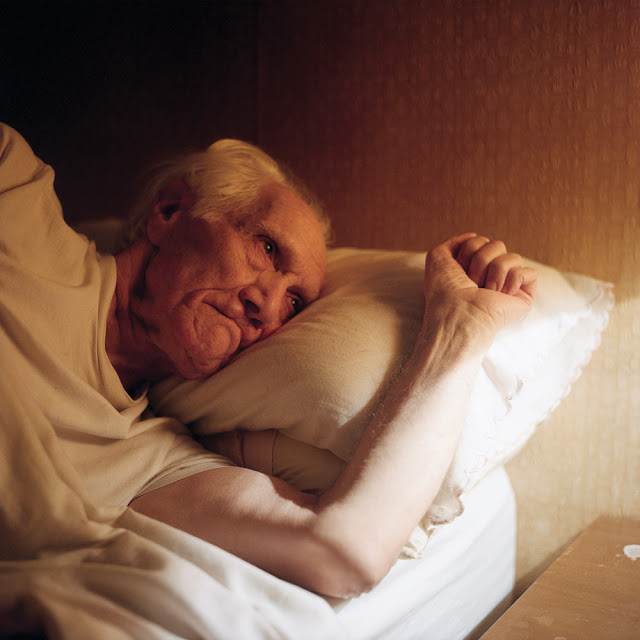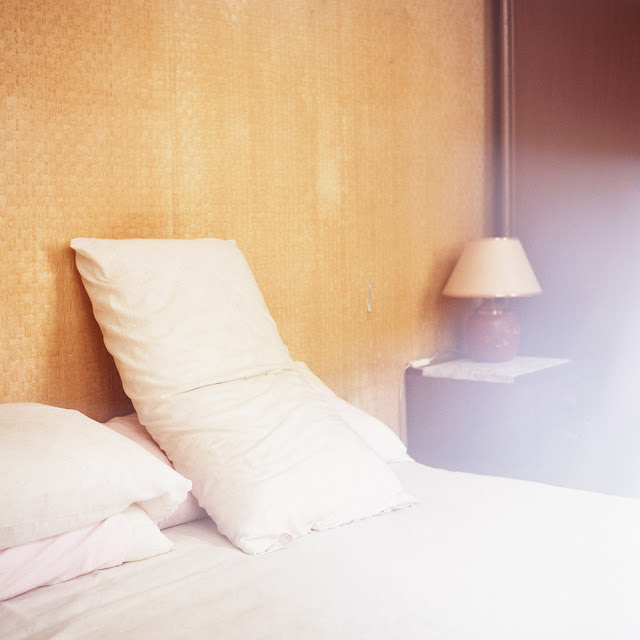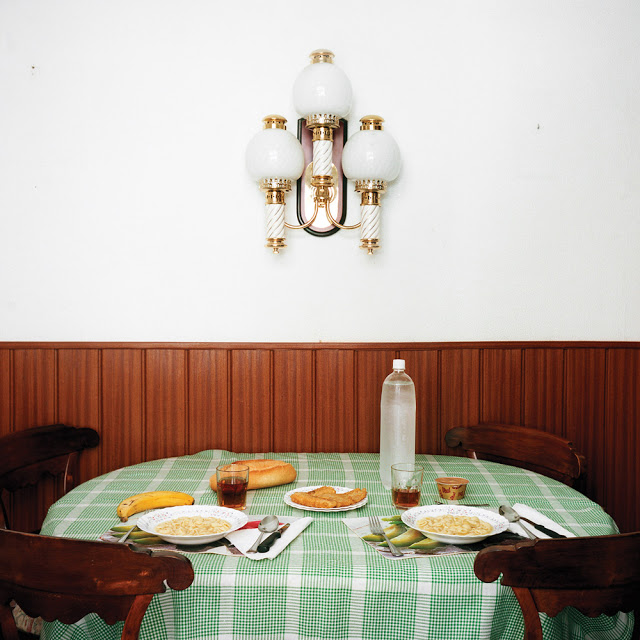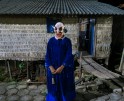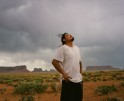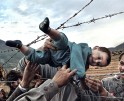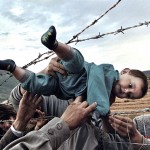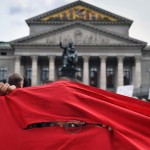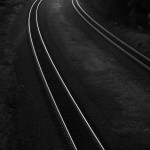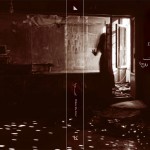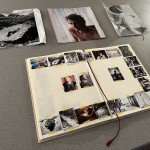Europe Week: Salva Lopez
Guest editor, Jacqueline Roberts shares a week of European photographers, starting with Salva Lopez. A huge thank you to Jacqueline for her insight and efforts. Her statement for why she selected the photographers follows:
I chose these photographs because they move me. They are portraits of people, young or old. They tell a story, maybe theirs, maybe ours. Some speak softly, hushing over us like in Lopez’ muted portraits of old people. Others exude exuberance and vitality, like in Laboile’s family life. Some are languid portraits, others raw pictures of a sore existence. Some stare right back at us, like in Videnin’s photographs; others gently lower their gaze. Yet for me, they all share that essential quality that turns a good photograph into a great one: immediacy. We know a good photograph when we see one. When I look at these images, I relate to them immediately, to the people they portray, to the narrative. They have their own language, a language that speak to me, a language that I understand. There is an intuitive connection that synchronises our own experience with a photograph. A reciprocal flow. An empathic exchange.
I was at Getxophoto this summer, an international photo festival near Bilbao (Spain), and it struck me when two passers-by paused in front of a photograph and remarked: “Oh that’s very nice, but what does that mean? What was the artist trying to tell us?” searching for answers. Images carry meaning, they do; but in my case, it is the quest for questions that I relish when looking at a photograph. To me, these photographs tell us about loneliness, joy and pain; about dreams, beauty and hopelessness; about search and loss… Vehicles for meanings, emotions and thoughts. Stories of bodies and souls… ultimately, metaphors of life and what lies underneath.–Jacqueline Roberts
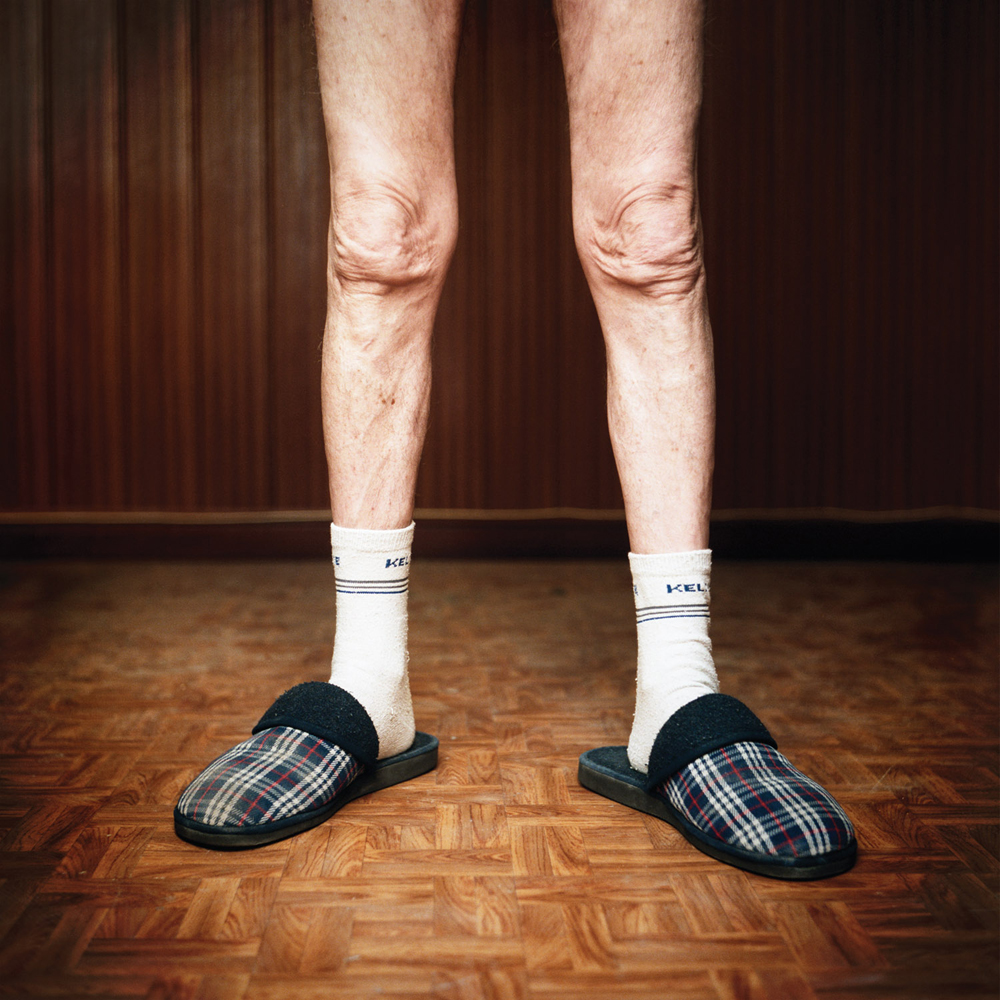
Salva López (Barcelona, 1984) trained as a graphic designer but when he discovered photographers Stephen Shore, Joel Sternfeld and Alec Soth, he realised that photography was what he wanted to do. Since then Salva has gained recognition in Spain as an emerging talent, winning many awards (e.g.Fotoactitud, Photoespaña) and showing his work in exhibitions and photo festivals.
Salva is currently working on his project “The Green Curtain”, about the mount Montjuïc in Barcelona. He is also co-editor of the blog “Have a Nice Book” about photography books that he edits with his friend and also photographer Yosigo.
With Roig 26 my intention was not to draw a true portrait of their own reality, but rather to recreate one, through what I have experienced with them.
Posts on Lenscratch may not be reproduced without the permission of the Lenscratch staff and the photographer.
Recommended
-
Lauri Gaffin: Moving Still: A Cinematic Life Frame-by-FrameDecember 4th, 2025
-
Dani Tranchesi: Ordinary MiraclesNovember 30th, 2025
-
Art of Documentary Photography: Elliot RossOctober 30th, 2025
-
The Art of Documentary Photography: Carol GuzyOctober 29th, 2025
-
The Art of Documentary Photography: Matt McClainOctober 28th, 2025

